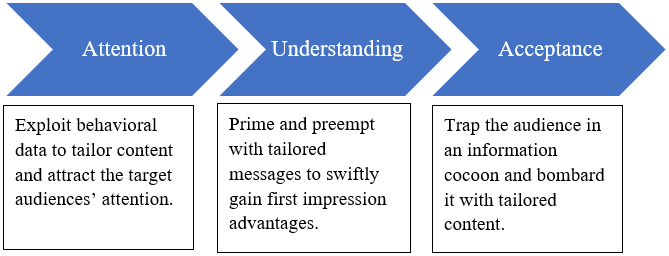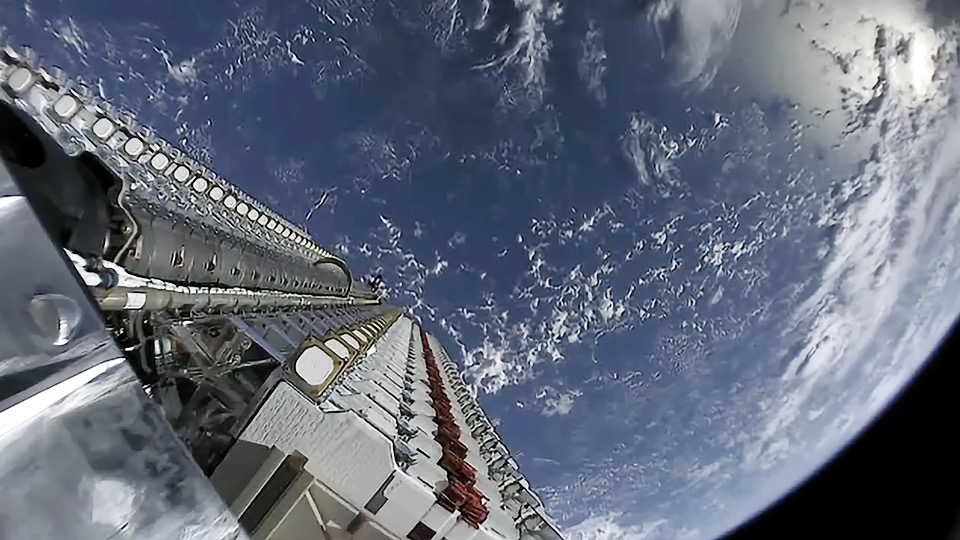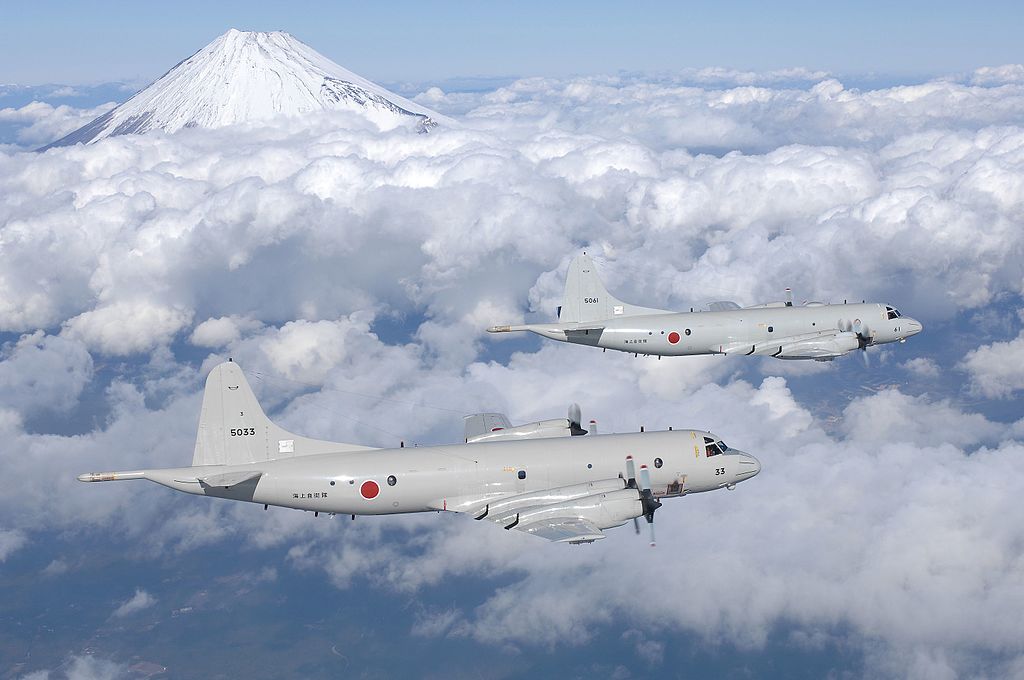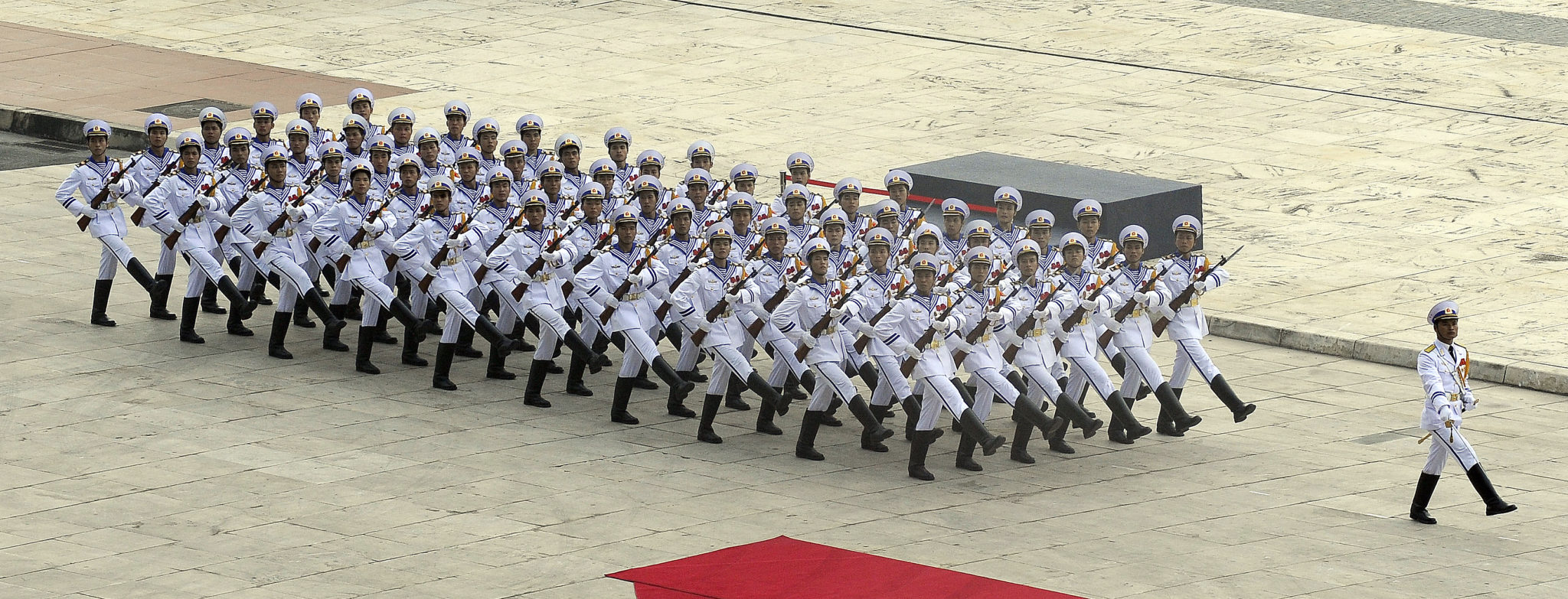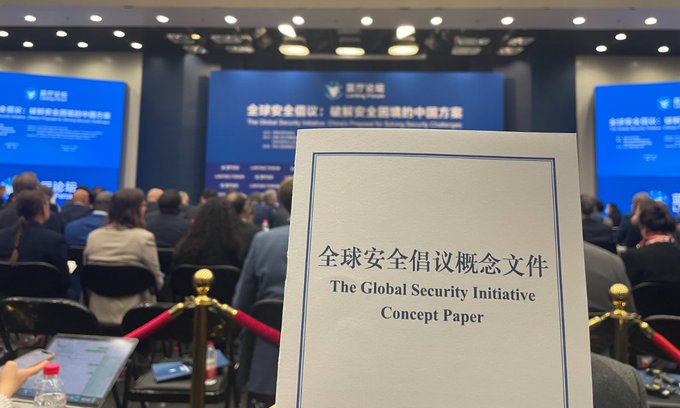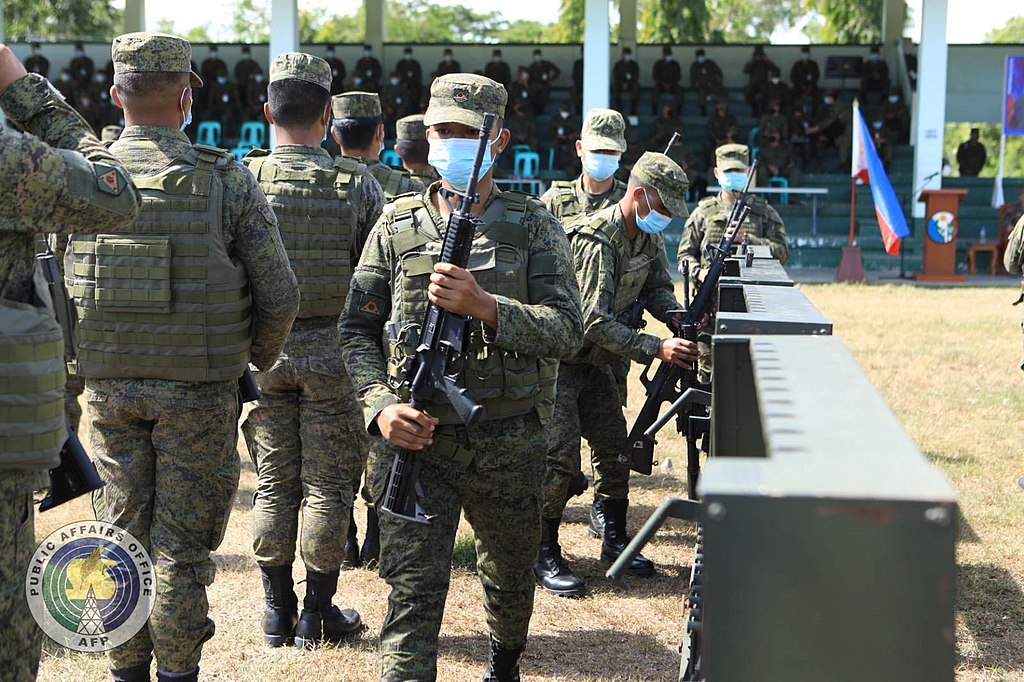.jpeg)
K239 Chunmoo Multiple Launch Rocket System (MLRS).
“…The two sides agreed to further develop the bilateral relationship to a ‘future-oriented strategic partnership’…”
South Korea is showing itself to be a potentially important player in the security landscape of the Arabian Peninsula thanks to deepening defense cooperation with both Saudi Arabia and the UAE. The most tangible Korean inroads in this regard have come from arms sales. In 2021, the UAE became the first publicly known export destination for the South Korean-produced K239 Chunmoo rocket artillery system[GRLCUT(1] . Similarly, in 2022, the UAE became the first export destination for the South Korean-produced KM-SAM (Cheongung II) air defense system[GRLCUT(2] . For its part, in April 2023, Saudi Arabia revealed its own previously undisclosed K239s, deployed along its border with Yemen. The revelation came in a video posted on Twitter by the Saudi defense ministry. This disclosure follows a visit in March 2023 of Saudi Arabia’s defense minister to South Korea. As noted in the first accompanying excerpt, from South Korea’s Yonhap News Agency, the trip may have been partly related to Saudi interest in acquiring KM-SAM systems. South Korea appears poised to become an important actor in the lucrative Gulf states arms market.
Saudi Arabia aspires to develop a robust indigenous defense industry, in line with the country’s Vision 2030 strategic development plan. China has emerged as an important partner in these efforts; South Korea, it seems, is well positioned to follow suit.[i] Beyond merely arms sales, South Korean defense companies have shown a willingness to establish joint production ventures with countries in the Middle East.[ii] In 2019, leading Saudi and South Korean defense entities signed a memorandum to form a Riyadh-based joint venture company focused on manufacturing and selling ammunition inside Saudi Arabia, to be called SAMI-Hanwha Munitions Systems. As reported in the second excerpted article, from the South Korean English-language daily Korea JoongAng Daily, the same entities inked a contract worth nearly $1 billion involving undisclosed “support for Saudi Arabia’s defense capabilities and supply chain services” at the 2022 Saudi World Defense Show.
Sources:
“S. Korean, Saudi defense chiefs agree on regular ministerial dialogue on defense cooperation,” Yonhap News Agency (South Korea news agency), 7 March 2023. https://en.yna.co.kr/view/AEN20230307010900325
The defense chiefs of South Korea and Saudi Arabia agreed Tuesday to install a regular ministerial-level dialogue on arms industry cooperation during their talks in Seoul, the defense ministry here said… [South Korean Defense Minister Lee Jong-sup] expressed expectations that ongoing negotiations on South Korea’s defense exports to Saudi Arabia will be concluded successfully, while explaining progress that the country’s arms industry has made. The ministry did not elaborate on the negotiations. Saudi Arabia is known to be considering the introduction of the South Korean-made Cheongung II midrange surface-to-air missile system.
“Time is ripe for Korea to sell Saudi Arabia more weapons,” Korea JoongAng Daily (South Korean English-language daily), 16 November 2022. https://koreajoongangdaily.joins.com/2022/11/16/national/defense/Korea-Saudi-Arabia-South-Korea/20221116183935017.html
Hanwha’s contract, worth 3 billion riyals, entails company support for Saudi Arabia’s defense capabilities and supply chain services. Both sides declined to specify which weapons would be supported under the agreement, citing a confidentiality clause.
Notes:
[i] For more on Chinese inroads in Gulf country defense industries, see: Lucas Winter, “Chinese-Arab Summit Signals Growing Saudi-Chinese Defense Alignment,” OE Watch, 2-2023. https://community.apan.org/wg/tradoc-g2/fmso/m/oe-watch-articles-2-singular-format/436350
[ii] Last year, South Korea and Egypt signed a sale and co-production deal for the Korean K-9 howitzer. For more on the deal, see: “Egypt, South Korea sign deals for joint manufacturing of K-9 howitzers.” al-Ahram (Egyptian daily), 26 February 2022. https://english.ahram.org.eg/NewsContent/1/1237/461786/Egypt/Defence/Egypt,-South-Korea-sign-deals-for-joint-manufactur.aspx
Image Information:
Image: K239 Chunmoo Multiple Launch Rocket System (MLRS)
Source: https://commons.wikimedia.org/wiki/File:K239_Chunmoo.jpg
Attribution: CC 3.0


